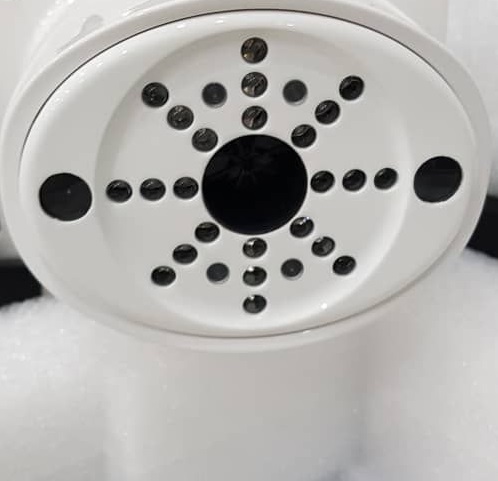Pediatric cycloplegic refraction
Medical hypothesis, discovery & innovation in optometry,
Vol. 4 No. 1 (2023),
4 April 2023
,
Page 25-33
https://doi.org/10.51329/mehdioptometry170
Abstract
Background: Cycloplegic refraction is an essential part of the pediatric ophthalmic assessment and is the cornerstone of strabismus evaluation. This narrative review aimed to ascertain the current scope of practice for cycloplegic refraction in the pediatric population.Methods: An extensive literature review was conducted using ScienceDirect, PubMed/MEDLINE, Scopus, and Google Scholar databases using the following search terms: cyclopentolate, tropicamide, pediatric cycloplegia, atropine, homatropine, manual retinoscope, handheld autorefractometer, spherical errors, and no spherical errors of refraction in articles published from January 2000 to December 2022. Relevant retrieved references and practical points concerning pediatric cycloplegic refraction were summarized.
Results: Atropine has the most potent cycloplegic effect and is best used in cases of severe accommodative esotropia. Because of the unfavorable side effects and risks associated with atropine, cyclopentolate has been found to provide quite effective cycloplegia, even for moderate to severe hyperopia, and has become the standard agent for traditional pediatric cycloplegic exams. Tropicamide has also been shown to provide adequate cycloplegia while being less toxic and causing fewer side effects. Tropicamide has the fewest side effects and toxicity of all agents, while atropine has the most. Cyclopentolate is an exceptionally safe cycloplegic agent. To detect spherical and non-spherical refractive errors, refraction can be performed using a handheld autorefractometer or a manual retinoscope, as well as under general anesthesia in some cases. The optimal time to wear eyeglasses to maintain binocular vision and avoid amblyopia is also considered.
Conclusions: Accommodative power in children is at its maximum, and this interferes with reliable - assessment of refraction. Therefore, the use of cycloplegic refraction is mandatory during childhood to obtain actual refraction, which is considered the cornerstone for eyeglass prescription. Knowledge of the various cycloplegic agents used in childhood refraction is important for ophthalmologists and optometrists to obtain safe and effective cycloplegia. High refractive errors, as well as the presence of anisometropia or squint, necessitate the use of eyeglasses as early as childhood to maintain binocularity and depth perception.
Keywords:
- pediatrics
- ophthalmologist
- optometrist
- cycloplegic
- mydriatic
- anticholinergic syndrome
- squint
- homatropine hydrobromide
- cyclogyl
- tropicacyl
- retinoscopies
- eyeglasses
- spectacles

- Abstract Viewed: 0 times
- Full Text PDF Downloaded: 0 times